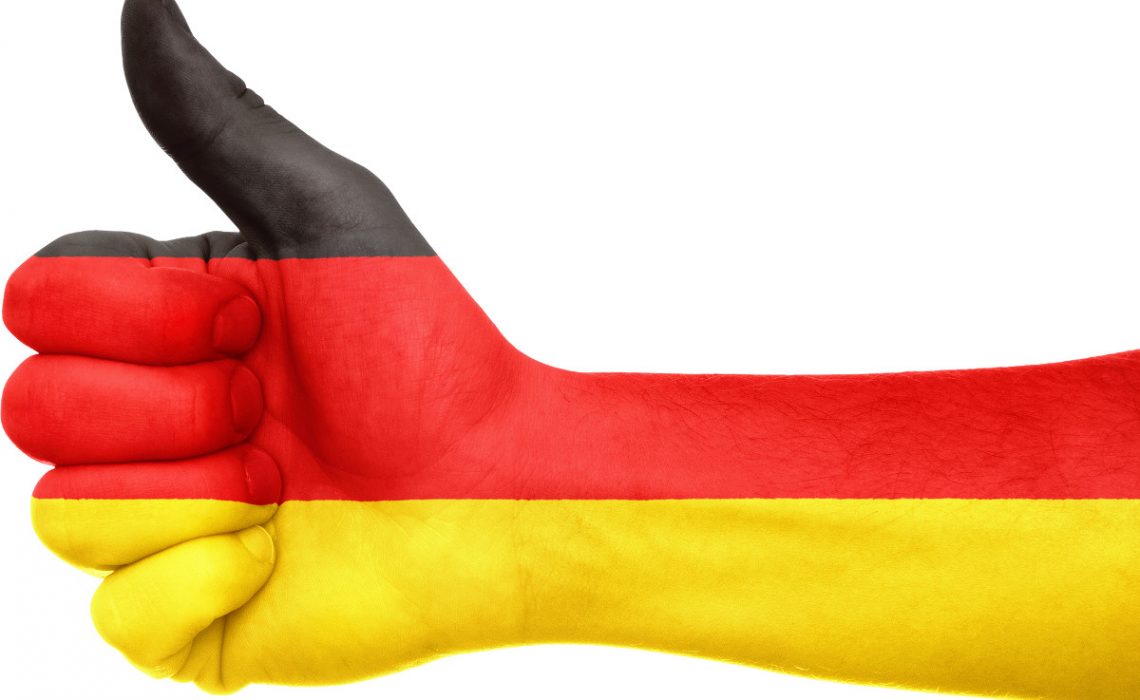
You might also like:
Foreign arrivals to South Africa increased by 3% from 1 294 020 in November 2016 to 1 329 025 in November 2017. However, they dropped by 2% from 1 351 940 in October 2017 to 1 329 025 in November 2017.
According to Stats SA Tourism and Migration report, “The decline in number of travellers from October to November, although not as pronounced as that which occurs in June, is not atypical of this time of the year as it precedes the December peak holiday season in South Africa. It may be assumed that most travellers reduce their trips in November.”
Overseas tourist arrivals
The distribution of overseas tourists for November 2017 was as follows: Europe, 180 402 (69%); North America, 32 520 (13%); Asia, 25 996 (10%); Australasia, 8 351 (3%); Central and South America, 8 281 (3%); and Middle East, 4 255 (2%).
The ten leading overseas countries were Germany, 45 558 (18%); UK, 40 489 (16%); US, 26 305 (10%); France, 22 354 (9%); The Netherlands, 16 371 (6%); China, 9 000 (4%); Switzerland, 7 536 (4%); India, 7 418 (3%); Australia, 7 284 (3%); and Sweden, 6 401 (3%). Tourists from these ten countries constituted 76% of all tourists from overseas countries.
A comparison of movements in the ten leading countries between November 2016 and November 2017 shows that the number of tourists increased for seven of the countries (France, Germany, Sweden, Switzerland, The Netherlands, UK and India), but decreased for China, USA and Australia.
France had the largest increase of 15%, from 19 531 tourists in November 2016 to 22 354 in November 2017, while China had the largest decrease of 17%, from 10 876 tourists in November 2016 to 9 000 in November 2017.
Arrivals from SADC countries
The ten leading SADC countries were: Zimbabwe, 153 702 (27%); Lesotho, 125 427 (22%); Mozambique, 112 832 (20%); Swaziland, 70 167 (12%); Botswana, 53 622 (9%); Namibia, 15 410 (3%); Malawi, 15 381 (3%); Zambia 14 215 (3%); Angola, 3 667 (0.5%) and Tanzania, 3 085 (0.5%). Tourists from these ten countries constituted 99% of all tourists from the SADC countries.
A comparison between movements in November 2016 and November 2017 for the ten leading SADC countries shows that the number of tourists increased for six of the ten leading countries (Mozambique, Malawi, Zimbabwe, Swaziland, Lesotho and Botswana), and decreased for four (Angola, Namibia, Zambia and Tanzania). Mozambique showed the largest increase of 16%, from 97 108 tourists in November 2016 to 112 832 in November 2017, while Angola showed the largest decrease of 6%, from 3 880 tourists in November 2016 to 3 667 in November 2017.
Purpose of visit by source market
A total of 8 037 (97%) tourists from Central and South America, 8 059 (97%) from Australasia, 173 095 (96%) from Europe, 31 129 (96%) from North America, 23 220 (89%) from Asia and 3 782 (89%) from the Middle East visited South Africa for holiday.
Compared with other overseas regions, Europe had the highest numbers of tourists: 173 095 (96%) who came for holiday, 7 074 (4%) who came for business, and 233 (0,1%) who came for study purposes.
Proportionately however, Asia had the highest proportion of its tourists who came to South Africa for business, 10% (2 642), followed by the Middle East, 10% (424). The Middle East had the highest proportion of its tourists who came for study purposes, 1% (49).
Source: tourismupdate.co.za



